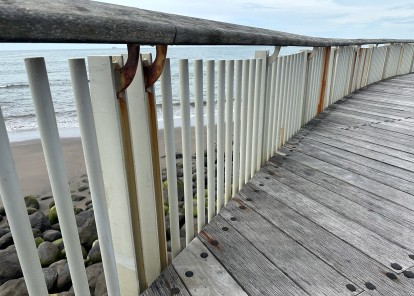A Design Response To Covid-19: Nature and 15-Minute Cities
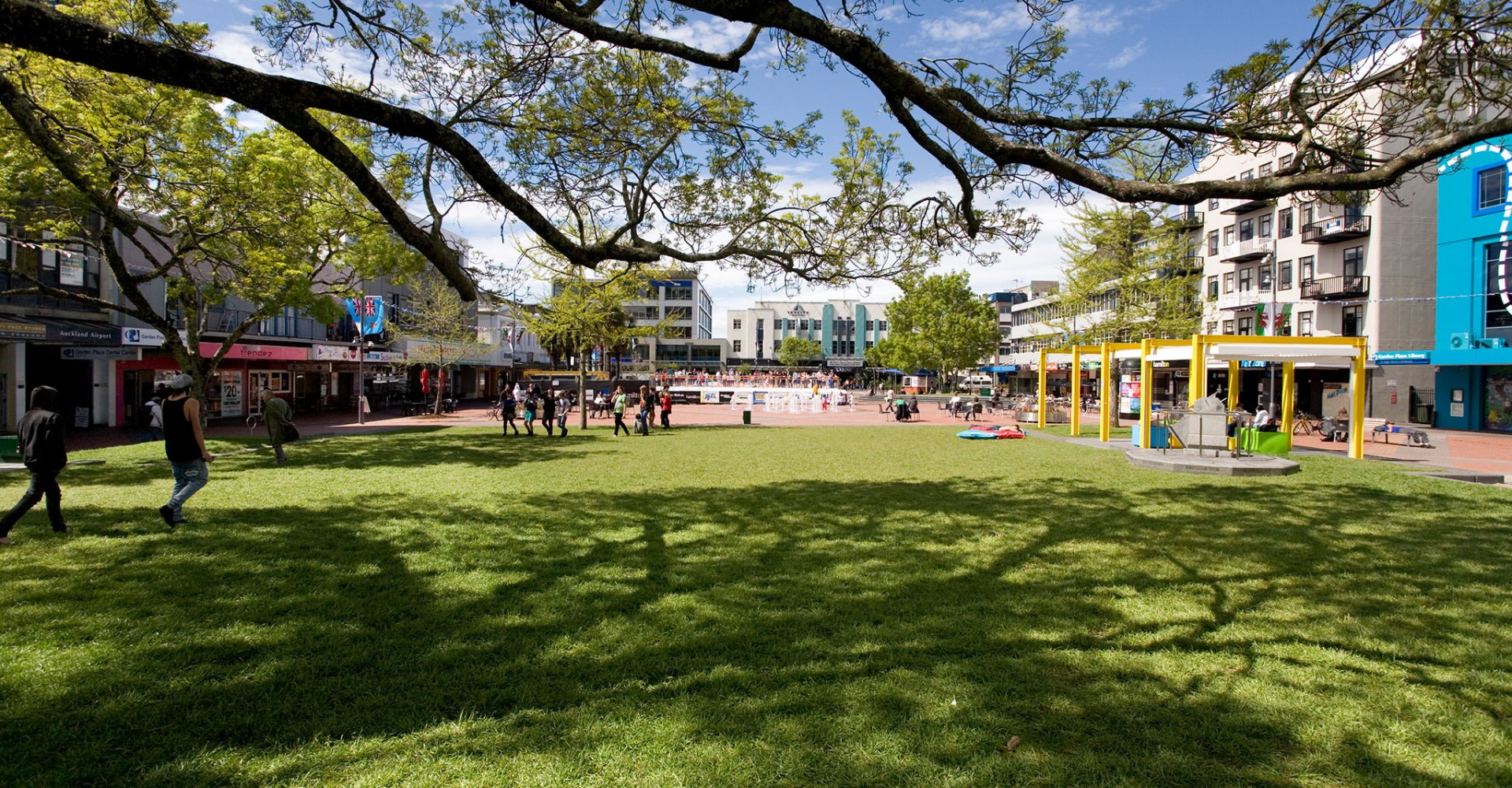
As the reality of Covid 19 and the ‘new normal’ impact New Zealand, I want to share some ideas regarding a design response to Covid 19. I was based in Bangkok in 2020 as Covid 19, and the associated responses were felt across the Globe and the 1.8m GFA project I was dedicated to. The purpose here is to highlight some points relevant to design professionals, enabling you to be proactive and considered going forward. The following are some high-level concepts.
The Need for Nature
Some of the extended lockdowns have heightened people’s appreciation for nature, be it a walk at the beach, a wander in a reserve or a quiet lunch in a local park. These all enable a moment to chill and to be in nature. Many cultures acknowledge nature as a way to de-stress (think forest bathing), calm the mind and unwind, a healthy thing. Maybe build some engagement with nature into your next project? It does not need to be complicated; it might be a seating area that catches the winter sun, a pathway that links to an adjacent reserve, or a long view of the coast. It will add value to your project by creating a richer user experience, a place that people will return to.
Green and Open Spaces
Parks and Open Spaces; easy to safely social distance, fresh air blowing through, a relief from the indoors, they have shown their value in multiple ways. The earlier planners and designers who conceived these spaces deserve a nod of acknowledgment, as do the generations that have protected them. As we advance, we need to think of parks and open spaces (plazas etc.) as being bolted into the fabric of a city, a multifunctional place designed to have markets, events, provide connectivity, relief from density and a location for communities to gather and bond. It sounds like a rather important place. Streets also need to be considered multifunctional. They are the connectors of destinations but can also be destinations, stages for events like parades, and dwell functions such as spill-out dining, play, and community interaction.
Transport Modes and Destinations
A significant trend seen internationally post-Covid was the lack of attractiveness of public transport, particularly those with mechanical ventilation and little personal space. Several ideas can respond to this trend, and I think the most encompassing is the 15 Minute City. This idea is that all you need is within a 15-minute radius of your home (work, recreation, services etc.). This concept would reduce commuting requirements, have positive environmental impacts, and move towards a city concept of ‘villages’. A sound idea for urban regeneration projects, but I think an excellent overlay to review new developments.
References
theconversation.com/how-cities-can-add-accessible-green-space-in-a-post-coronavirus-world-139194
dezeen.com/2021/10/26/15-minute-city-carlos-moreno-obel-award/
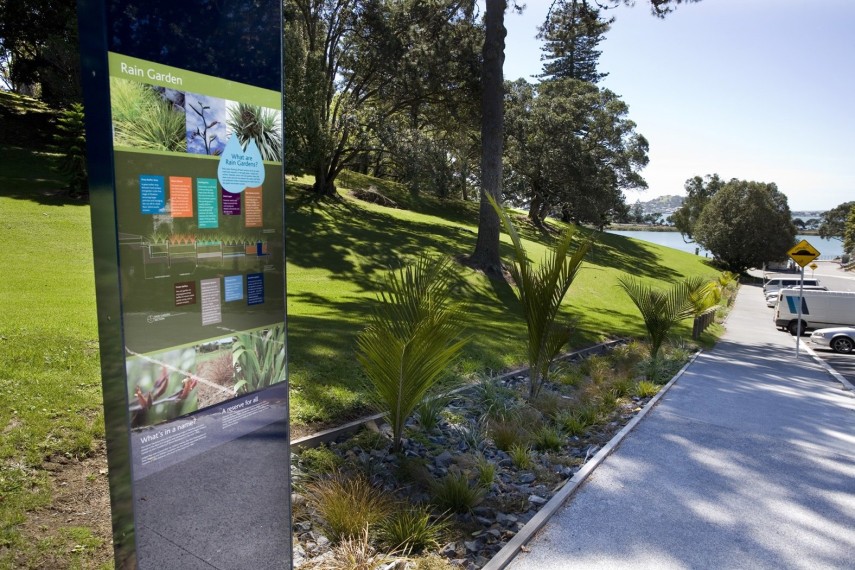
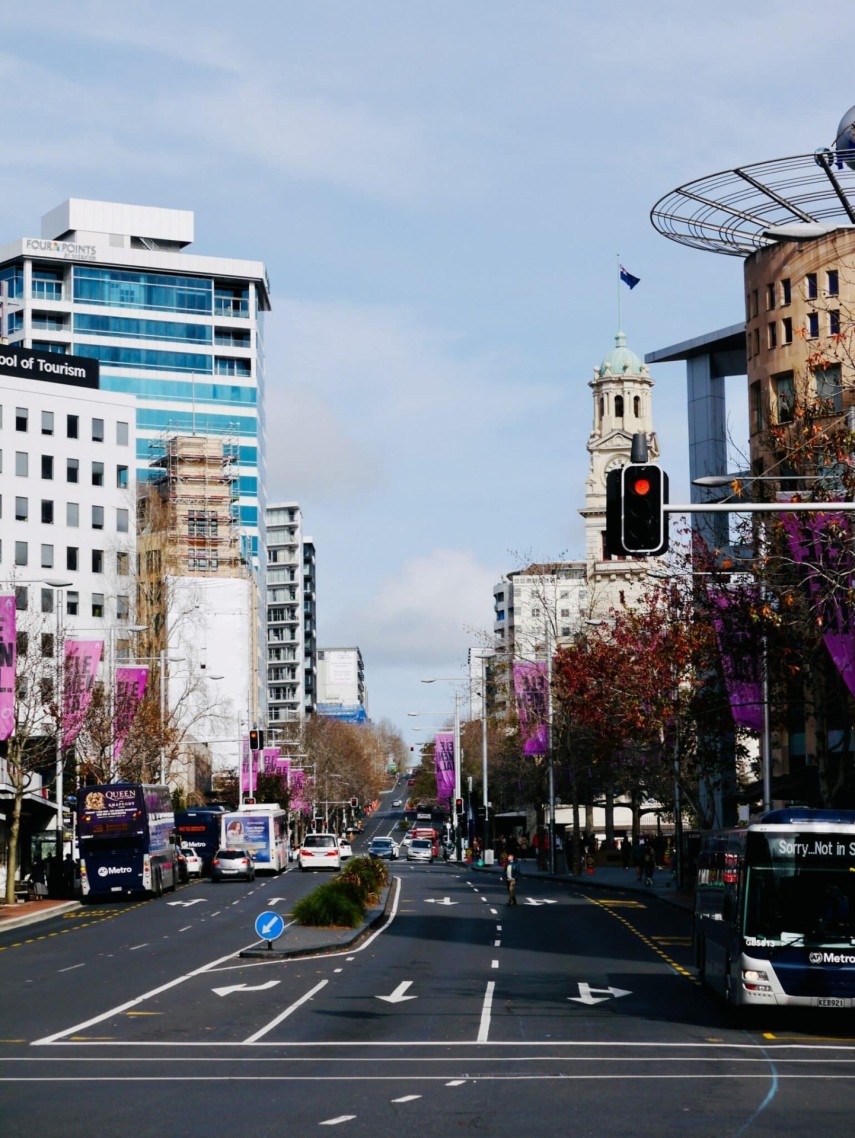
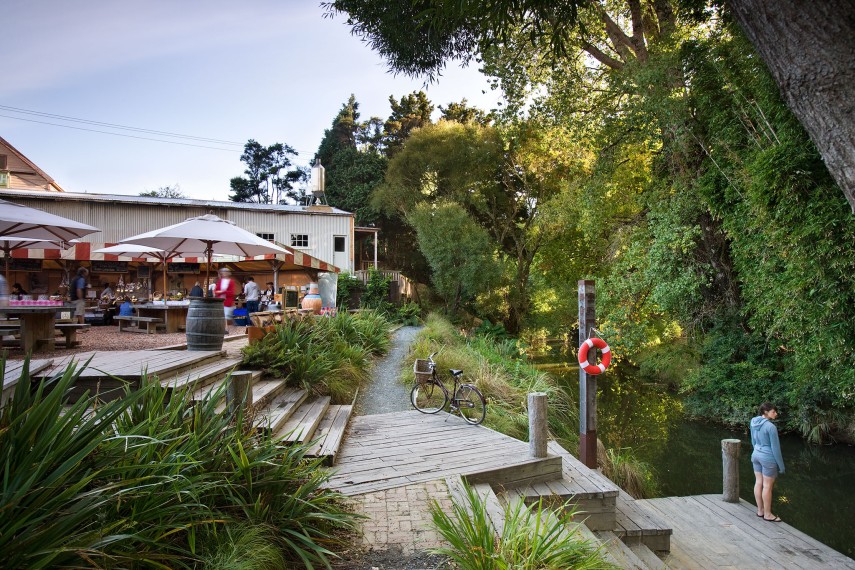
Published
16 March, 2022
Author
Justin Meek
More articles Pitopito kōrero
Practice Tikanga
At Reset, we offer a broad scope of services within the specialist areas of Urban Design and Landscape Architecture. We also actively engage in research and have contributed two published books on the history of design in New Zealand.

